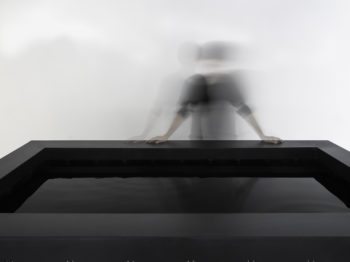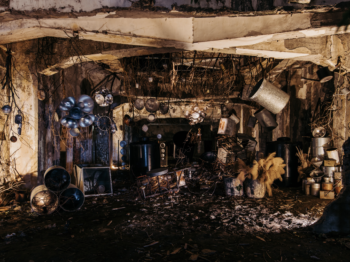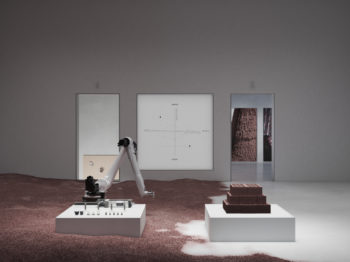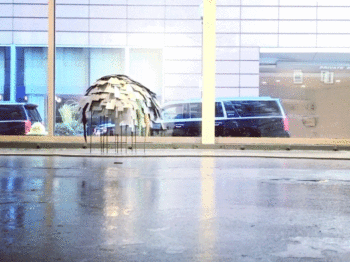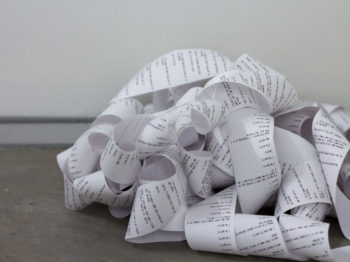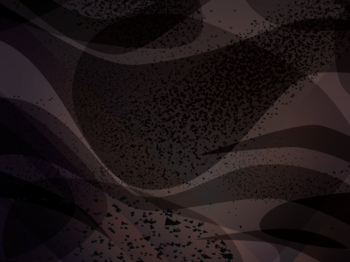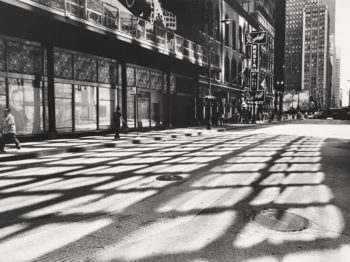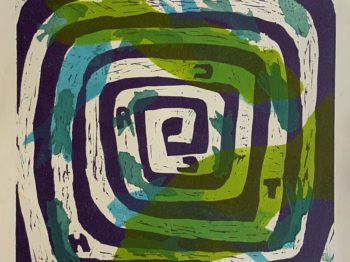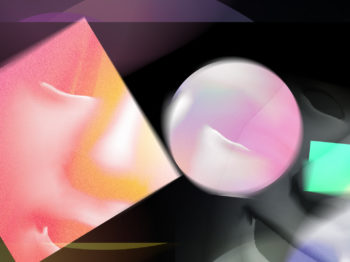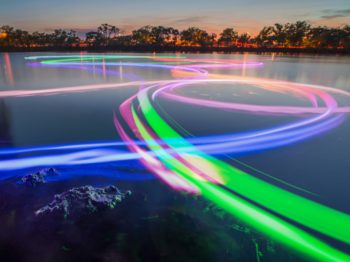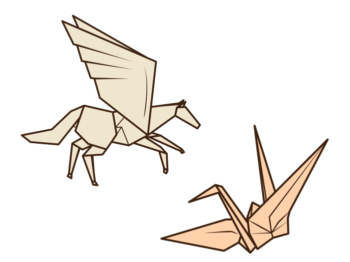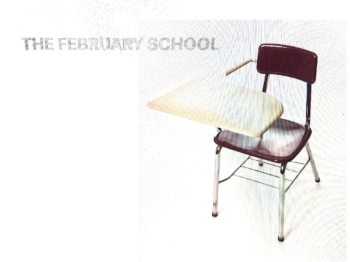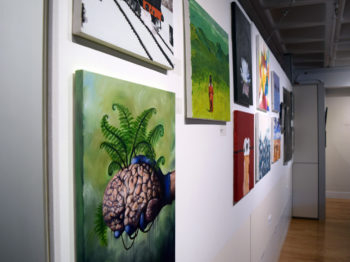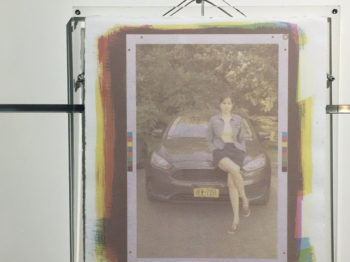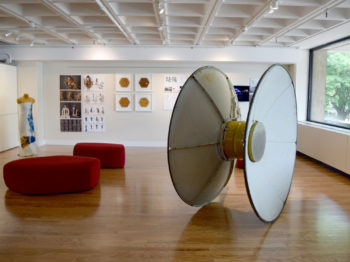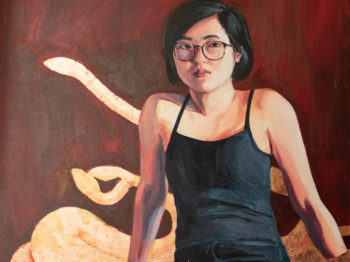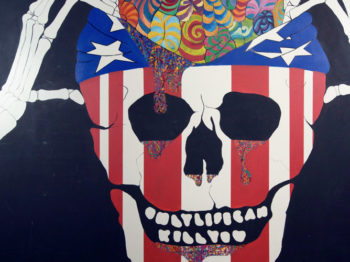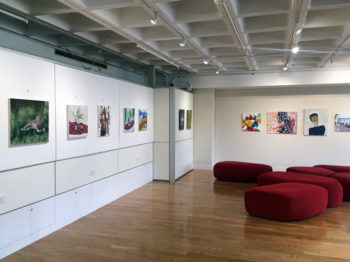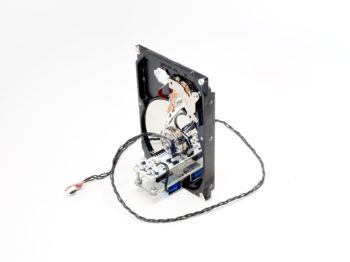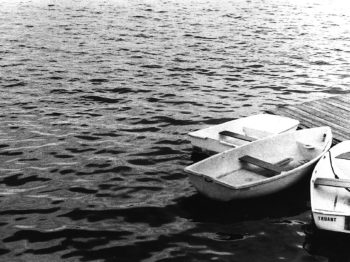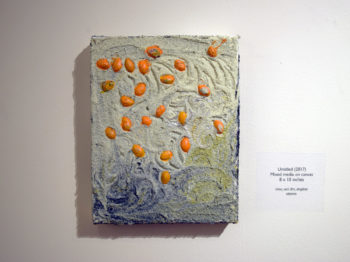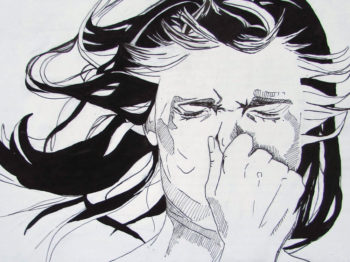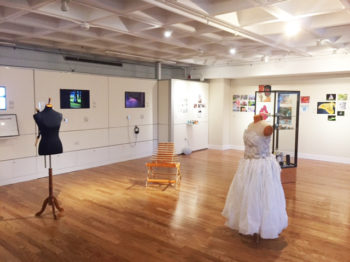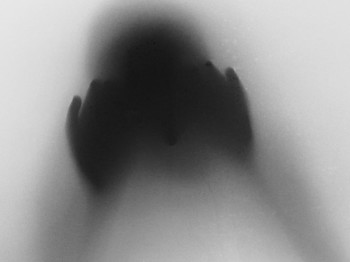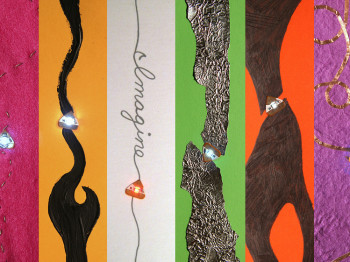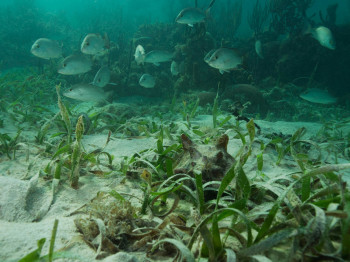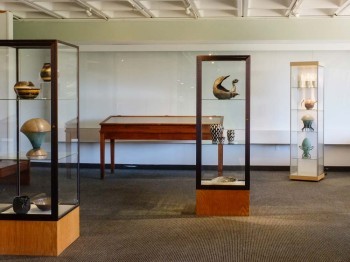700 470 530
Work by: Nathan Tyrell & Javier Obando
“In visual perception, a color is almost never seen as it really is – as it physically is. This fact makes color the most relative medium in art” ~ Josef Albers
Our retinas contain three color sensitive cells that capture light at wavelengths that roughly correspond to red, green and blue (700, 530, and 470 nm). These cells turn the red, green and blue photons into electrical impulses, effectively encoding the color world around us into three separate color channels. It is not until these separate streams reach our brains, and our brains decipher the channels based on where they came from, that we actually “see” in color. Even though color seems like such a natural and immediate part of our experience, it is in this sense artificial. The notion of color arises in our neural circuitry, where many factors come into play when perceiving a color, and it is not an external, immutable attribute of the objects we see.
Using a complex, home-made color projector, we seek to make this process tangible. Along with the mechanisms of color perception and reproduction, we are interested in machines that are both arbitrary and purposeless in the conventional sense. Such machines seem to rebel against their identity: they self-consciously defy the purposefulness inherent in the definition of a machine. This underscores a certain dialectic tension within machines: a machine is always idiosyncratic—it always loses something (information? understanding?) and thus cannot be perfect. True to form, our color projector is not perfect—in fact, it is the least efficient color projector we can think of—and it certainly loses information at almost every step of its process. But the truth is that so do our eyes and brain, which begs the question: what is real color, and what isn’t, and does it actually matter?
On Display: July 1 – 31, 2018


